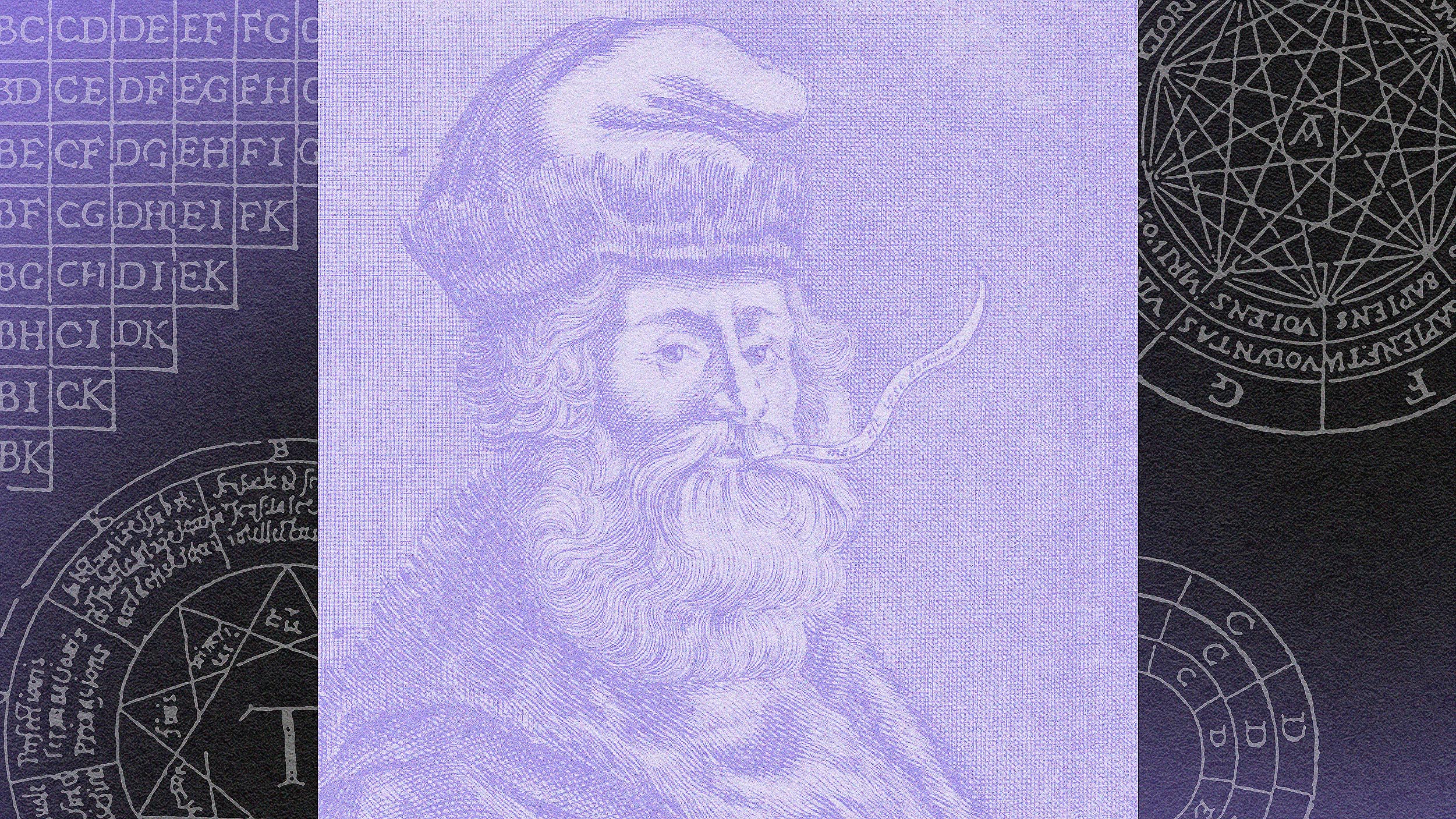Renaissance Man: The Passing of Leo Steinberg

[The See/Saw Contest for Japan Continues; see the end of this post]I never met the man or even heard him speak, but hearing that art historian and author Leo Steinbergpassed away last Sunday at the age of 90 made me feel like I had lost a friend—or more accurately, an influence and ideal to live up to in my own writing. Steinberg’s 1983 book, The Sexuality of Christ in Renaissance Art and in Modern Oblivion, turned my head around and exploded it as if it were trapped in a Cubist painting. The boldness and brightness of his mind captured me immediately, but it was his felicitous writing style full of verve and joy that made me want to be a better writer and a writer about art as something that was truly a life and death matter. Although Steinberg (shown above) wrote about the Renaissance, his knowledge of art reached beyond into the distant past and the near future—making him a true Renaissance man and his passing a true loss, and a moment for reflection.
Born in Moscow in 1920, Leo grew up learning Russian on the knee of his father, who worked as commissar of justice until his idealistic views won him and the family exile to Germany. Leo learned German in Berlin just as Hitler rose to power and, again, drove the family to seek safety. Leo added English to his linguistic repertoire in the refuge of England, until he pursued higher education and professorships in the United States. I always wondered if that life on the lam led Leo to create his own private nationality of art, free of borders and warfare, where only ideas and creativity battled it out.
Steinberg’s The Sexuality of Christ didn’t just tell you how Renaissance depictions of the infant Christ emphasized his genitalia, he showed you—over and over and over. To my young mind, all that Jesus genitalia made me a little uncomfortable in an “I get the idea” way, but I later recognized a master mounting an airtight case for his argument. When he extended the argument to depictions of the crucifixion emphasizing the genitalia in a similar way, I understood the power of (and necessity for) such imagery to “prove” the humanity of Christ and how that humanity links Him theologically with believers today. At that point I received the full blessing of the “in Modern Oblivion” at the end of Steinberg’s title. The loss of such knowledge confined modern thinkers in an oblivion at our peril. To recover such knowledge was to know as the Renaissance believers “knew” and to throw off centuries of complicating theology obscuring the naked truth, as it were. Even if you didn’t believe, you could still admire the effort to restore lost ways of thinking that could make us feel a little closer to the divine, or at least see a bit of the divine in ourselves.
Steinberg refused to pull punches. He made bold statements and never gave in to the demand to qualify and hedge that academia continually makes to the point of almost saying nothing at all. “Bias” was never a four-letter word for Leo, and would never be a four-letter word for me. To bury the passion that brought Steinberg to the subject in the first place would be the ultimate dishonesty. I’ve always tried to bring the same honesty and bias (in a good, or at least transparent, way) to my writing, and thank Leo for giving me an example to follow.
Do yourself a favor and read one of his books or browse this brief selection online. I’m still intimidated by the breadth and depth of his knowledge and the seemingly infinite range of his creativity, but also encouraged that it can be done and, more importantly, should be done. As a writer and teacher of writing, I keep a little piece of Leo Steinberg and all the other heroes I’ve read and studied in my head and heart for my own use and the use of my students. Leo Steinberg may be dead, but here’s hoping that his work and spirit never fall into oblivion.
[A REQUEST AND A CONTEST:Please consider making a donation to help the people of Japan. Some of the organizations doing good in that terrible situation are Doctors Without Borders and The Red Cross. Please consider helping in some way. And if you do send a donation, mention it in the comments to this or any other post and I’ll put your name in a contest to win a copy of See/Saw: Connections Between Japanese Art Then and Now by Ivan Vartanian and Kyoko Wada (my review here). Honor rules apply, so you do not need to send “proof” of a donation. Also, the contest is open only to U.S. residents (but anyone can donate, of course). Contest ends at midnight EDT on April 1, 2011 and a name will be pulled from a hat the next day.]




